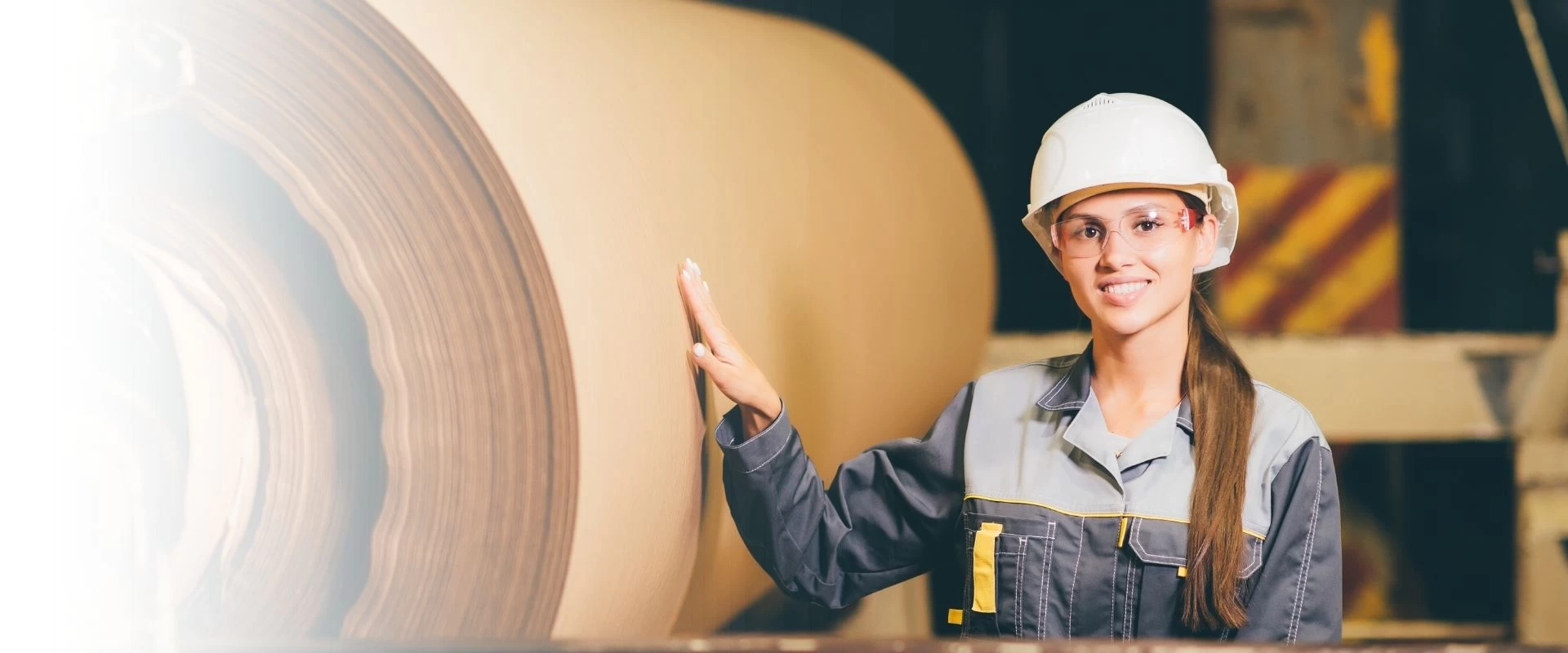Recycled Kraft Paper Production
Recycled Kraft Paper Production

```html
As we delve into the world of sustainable development, eco-friendly construction materials are becoming increasingly significant in crafting the future of our built environment. The construction industry is a major consumer of resources and a significant contributor to greenhouse gas emissions. However, the tide is changing, with innovative materials paving the way for a greener future. In this article, we're going to explore the groundbreaking materials that are setting the stage for an eco-conscious shift in the construction sector.
The construction industry is experiencing a paradigm shift towards sustainability, and this is where eco-friendly construction materials play a pivotal role. These materials are designed to reduce environmental impact, minimize energy consumption, and promote a healthier standard of living. From bamboo flooring to recycled plastic bricks, the options are not only environmentally responsible but also durable and aesthetically pleasing.
Eco-friendly construction materials offer a multitude of benefits for our planet. They help reduce waste, cut carbon footprints, and conserve natural resources. Additionally, they often provide better insulation and can lower energy costs for homeowners. By investing in these sustainable materials, we are not only building homes and offices; we're also crafting the future of our environment.
One exciting aspect of eco-friendly construction materials is the innovation behind them. For instance, materials like mycelium composites, which are made from fungal fibers, are revolutionizing the industry. These biological materials are fully compostable, turning buildings into materials that can contribute to soil health at the end of their lifecycle. Hempcrete, another innovative material, provides excellent thermal properties and captures carbon dioxide, making it a superb choice for environmentally conscious builders.
While some may assume that eco-friendly construction materials are more expensive, it's essential to consider the long-term savings. These materials often lead to lower utility bills due to better insulation and durability. Over time, the investment in sustainable materials can pay off financially while also reducing environmental impact—a win-win for both property owners and the planet.
Q: With numerous options on the market, which material stands out as a leader in eco-friendly construction? A: Currently, cross-laminated timber (CLT) is a frontrunner in the race for the most sustainable building material. Made from layers of lumber stacked crosswise and bonded together, CLT is not only strong and versatile but also acts as a carbon sink, trapping CO2 within the building structure itself. This innovative material is quickly gaining popularity among architects and developers looking to craft the future of sustainable architecture.
The construction industry is at a crossroads, and the path to sustainability is clear. As we continue to explore and embrace eco-friendly construction materials, we are not just building for today but are crafting the future for generations to come. It's an exciting time to be part of this change, and the choices we make now will shape the sustainability of our urban landscapes well into the future.
```